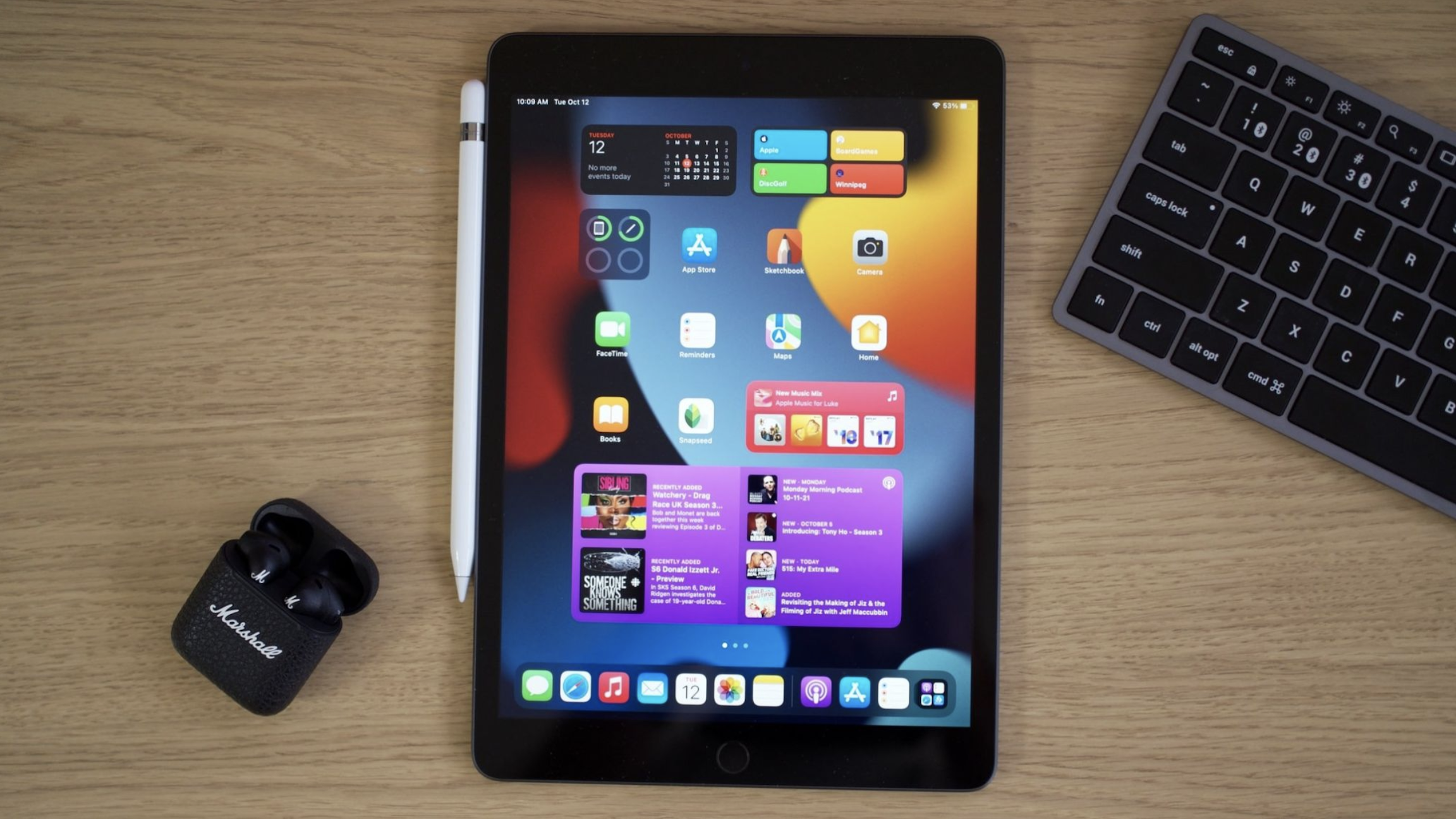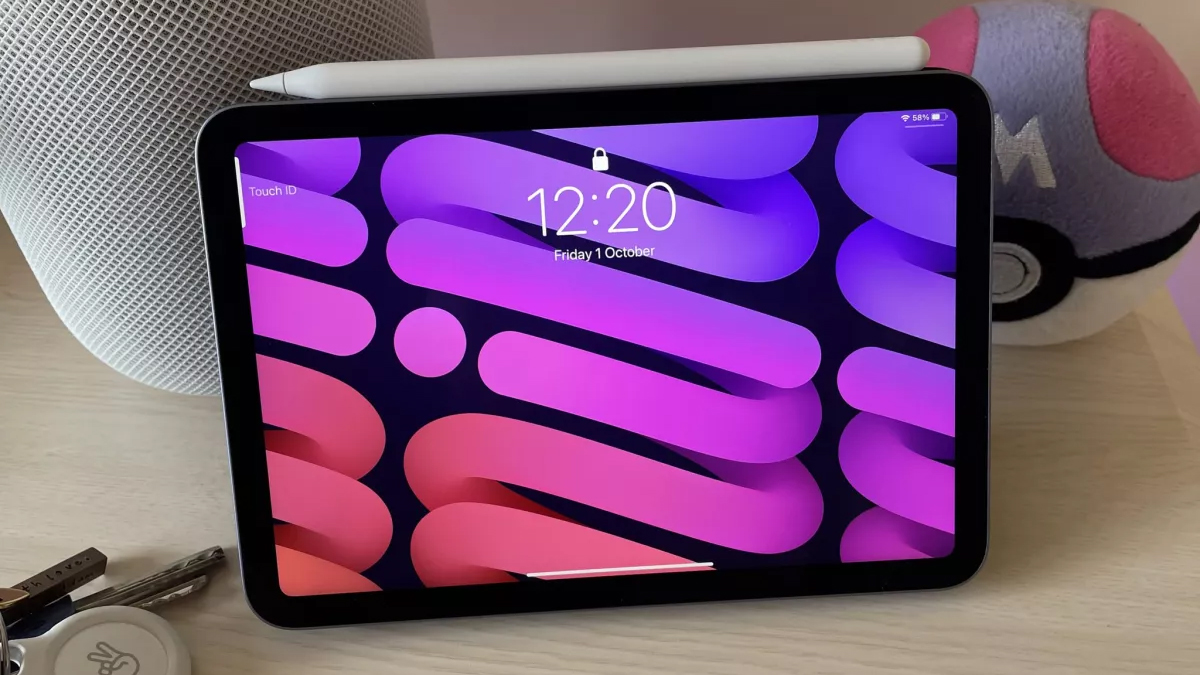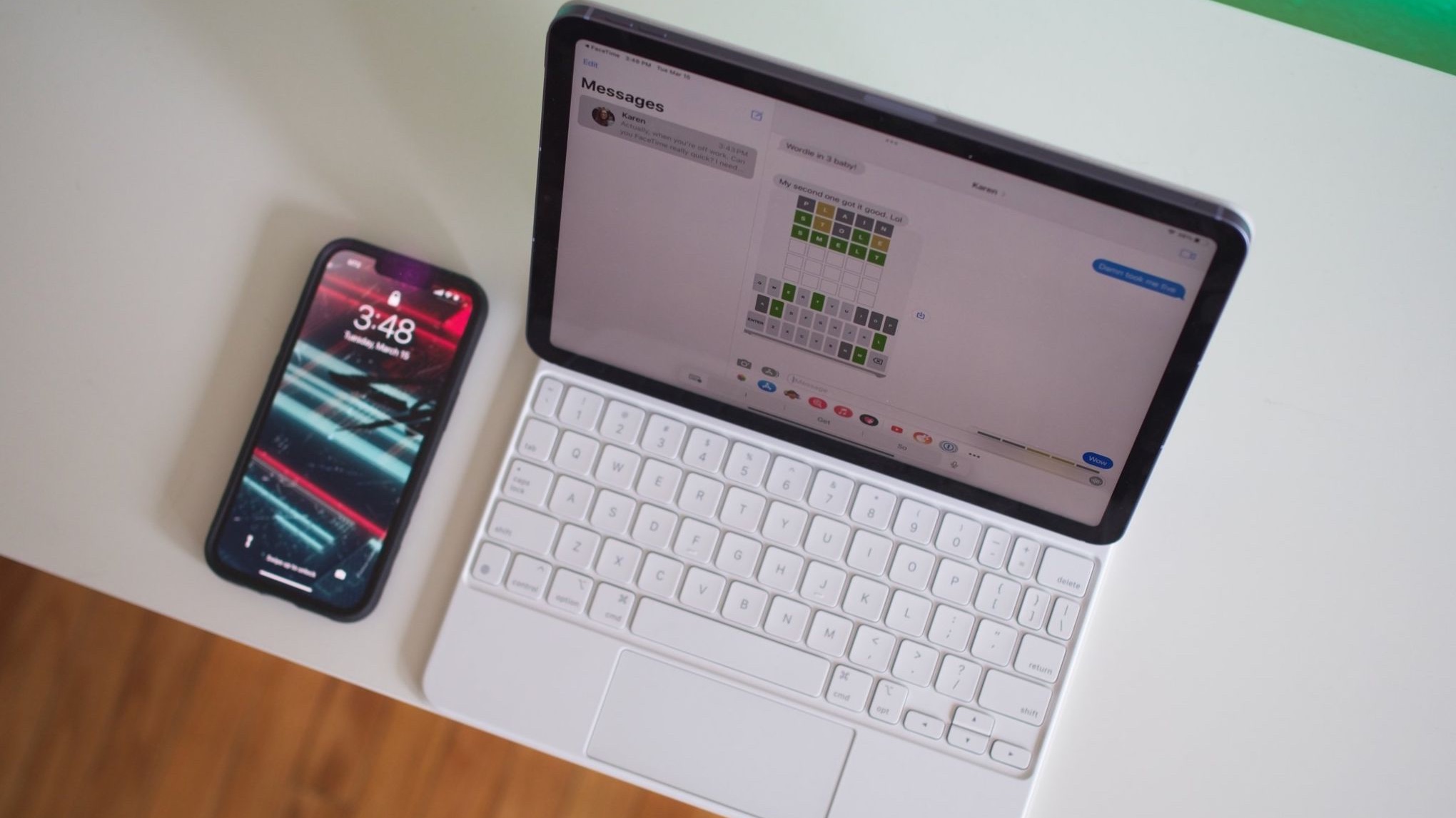Apple's new iPad lineup is a confusing mess — let us explain which is for you
Let's figure out this new iPad lineup.

If you’ve come out of last week being utterly confused about which iPad is made for you, you’re not alone.
Last week, Apple revealed a brand new base model iPad and some updates for the iPad Pro lineup. With the introduction of the new 10th-generation iPad, the iPad lineup has turned into a confusing mess, especially since the company decided to keep the 9th-generation iPad in the lineup.
Figuring out which iPad is right for you has never been as confusing as it is today. So, let's break down every iPad in the newly formed lineup so you can try and make an educated purchasing decision.
9th generation iPad (2021)

Keeping the 9th generation iPad in the lineup is basically an admission from Apple that the new iPad is creating some problems. With a $449 base price point, the 10th generation iPad necessitates the continued existence of the 9th generation iPad.
The 9th generation is the “I just need an iPad…iPad.” It still costs $329, it works with the 1st generation Apple Pencil, and the Smart Keyboard Folio. It features an older processor, an older screen, and an older design, but it does the job. The only prominent feature that the 9th generation iPad doesn't currently doesn’t support like the newer iPads is Stage Manager but, if you're using the 9th generation iPad, there's a good chance you don't care about that.
In fact, there's a good chance you don't care about most of the things that the other iPads do. As I said, the 9th generation iPad is the iPad for people who just need an iPad.
10th generation iPad (2022)

Apple introduced the 10th generation iPad this month and it has singlehandedly created the entire mess that we are experiencing right now. The 10th-generation iPad has been completely redesigned to match the design language of the iPad Air and the iPad Pro. This is one of Apple's great moves with the new generation.
iMore offers spot-on advice and guidance from our team of experts, with decades of Apple device experience to lean on. Learn more with iMore!
However, there are other decisions made here that make this product a confusing choice for customers. The new iPad, like the 9th generation iPad, only works with the 1st generation Apple Pencil. But, since it features a USB-C port instead of Lightning, you need an adapter to charge it with the new iPad. With the new base model iPad, Apple took an already horrible experience and made it even worse.
The new iPad also doesn't work with the Magic Keyboard. Instead, Apple has released the Magic Keyboard Folio, a completely new keyboard accessory exclusive to the 10th-generation iPad. Even the iPad Air and iPad Pro can't use this new keyboard.
Admittedly, there are some good things about the 10th-generation iPad. One is obviously the redesign and upgrades to USB-C, despite the quirks it created with the pencil and keyboard situation. Apple has also upgraded the processor to the A14 Bionic and the quality of the cameras. It has also moved the front-facing camera to be located at the top of your screen when you are using the iPad horizontally, as all iPads should be.
The 10th-generation iPad seems to be positioned as the iPad you want if you appreciate a better design, support for a better keyboard and trackpad, and need to use it for some basic productivity.
iPad mini

The iPad Mini, at least for me, has always sat between the base model iPad and the iPad Air. The first reason that you buy an iPad mini is pretty obvious: you want a mini iPad! You don't need or want a bigger screen; you just want an iPad to use for reading, some basic gaming, and entertainment.
Since it does support the 2nd generation Apple Pencil, it's also an excellent notepad for people who want to make quick sketches or take quick notes. It is not, however, an iPad that you use for more serious productivity. This is mostly due to the fact that, because of its size, it is too small to support any of Apple's keyboards for the iPad. While some third-party options exist, the screen size alone makes it an unlikely candidate for serious productivity.
The iPad Mini, like the iPhone mini, has always been the iPad for people who want the core iPad experience but in a smaller form factor.
iPad Air

The introduction of the 10th generation iPad also makes the iPad Air an even more confusing upgrade for people looking for an iPad. However, some critical differences between the two models make the Air a clear choice.
The iPad Air supports the 2nd generation Apple Pencil so, for artists, it immediately becomes a better option — especially since it also features a laminated display. It also supports the Magic Keyboard which, depending on your needs and form factor preference, might be a better keyboard accessory than the new Magic Keyboard Folio that’s exclusive for the 10th generation iPad.
The iPad Air also features Apple's M1 processor so, if you want access to all iPad features like Stage Manager, you're going to need to upgrade to the Air. The M1 chip also enables faster processing for things like photo editing and video editing so, if you’re working on photos and videos as a side project or personal hobby, the Air is a better fit to support those activities.
iPad Pro

Thankfully, the buying decision between the iPad Air and the iPad Pro continues to remain relatively easy. iPad Pro users are and continue to be the customers who want and need all of the features and all of the performance that you can possibly get out of an iPad.
The new iPad Pro (2022) features apples M2 processor, more and better cameras, a Lidar sensor for augmented reality, a Thunderbolt support for faster transfer speeds through the USB C port. It also features Face ID instead of Touch ID, storage options up to a whopping two terabytes, ProMotion for a 120Hz refresh rate, and the new Apple Pencil hover feature.
You get the idea. It's a truly “pro” iPad that packs in all of the advanced technologies that a serious artist, photographer, videographer, or developer may need in order to complete their work. The feature set that comes with the iPad Pro is critical for the types of users who need those in order to create their best and most efficient work. If any of that sounds like you and your workflow, you can just skip over the rest of the lineup and grab an iPad Pro.
Which one is for you?
Apple's new iPad lineup is the most confusing that the company has ever released. However, if you look closely enough, it starts to become clear which of Apple's best iPads you should go for. So, which iPad are you going to get?

Joe Wituschek is a Contributor at iMore. With over ten years in the technology industry, one of them being at Apple, Joe now covers the company for the website. In addition to covering breaking news, Joe also writes editorials and reviews for a range of products. He fell in love with Apple products when he got an iPod nano for Christmas almost twenty years ago. Despite being considered a "heavy" user, he has always preferred the consumer-focused products like the MacBook Air, iPad mini, and iPhone 13 mini. He will fight to the death to keep a mini iPhone in the lineup. In his free time, Joe enjoys video games, movies, photography, running, and basically everything outdoors.
